Student Blog

OT House Pros and Cons ⟩
February 7, 2018, by Caroline
This blog is dedicated to a building that I spend a lot of time in: The OT House. Although I don’t actually live in the OT House (I live in an apartment in Pasadena), most of my friends do, so it’s become a second home for me. Linah offered some advice about finding housing in LA and Kaitlyn wrote about Currie Hall, a graduate student housing option on the Health Sciences campus, so here’s one more housing perspective. The OT House (officially named Centennial Apartments) is a graduate student apartment located near the USC University Park Campus. Each unit is a 2 bedroom, 1 bathroom apartment with a kitchen, living room, and balcony. The building has a communal outdoor patio with lounge chairs and a grill. A gym is located in the basement with cardio equipment (2 treadmills, 2 ellipticals) as well as two benches with free weights. There is a communal lounge on the first floor with a large TV and table space to study with a group. Washers and dryers are available on every floor.
I polled a few friends (shout out to Brooke, Heather, Hanna, Emily, and Brett!) to get some Pros and Cons about living in the OT House, so here we go:
Pros
- Location
The OT House is a short walk to USC’s University Park Campus — easy access to the libraries and fun events on campus. The Village, a new complex with a Trader Joe’s, Target, restaurants, and a gym is also a short walk away. Additionally, the OT house is centrally located in Los Angeles, a short drive to downtown and 30 minutes away from the beach! - Great for Students without a Car
There is an inter-campus tram that picks students up right in front of the OT House in the morning and drops students off on the Health Science campus, where all of our classes take place. It’s a quick 30 minute ride — no need to have a car or deal with navigating traffic to get to school in the morning! The OT house is also within the Campus Cruiser boundaries; from 7PM-2AM students can take a free Lyft ride to anywhere else within the boundary. There are a couple of metro stops near the OT House, which students can use to commute to Fieldwork if they don’t have a car. - Safety
The building is very secure! You have to swipe into the building entrance AND swipe into the elevator. Only residents of the building are able to enter. A key is required to enter each floor using the stairs, and doors are locked with a key. In the event of an emergency, campus security is a quick phone call away. - Community
Living with fellow OT students is a great way to make friends and study partners! There is a Resident Advisor who plans various events for the building (most recently, trivia), and there is an OT Faculty Advisor, currently Dr. Kim Lenington, who lives at the OT house (with her very cute dog, Barney) and is available to spend time with and support students living at the OT House. I’m an “honorary” member of the OT House Facebook group, and I’ve attended a lot of fun gatherings at the OT House: 4th of July barbeque, superbowl party, holiday gift exchange, a wine and cheese sampling soiree, and so much more! Additionally, Engage is a weekly community outreach program hosted at the OT House. It’s a fun way to connect with and mentor children and young adults in the community, with games, activities, and dinner. - General Apartment Setup
The OT House is FULLY furnished: table and chairs in the dining area; couch, chair, and tables in the living room; bed, desk, and storage drawers in the bedroom (and sizable closets); fridge/freezer, oven, stove, and dishwasher in the kitchen (no microwave provided). For anyone moving to LA to start the program, this makes the move significantly easier — no furniture shopping or movers to deal with! Though the bathroom is shared, there are 2 sinks and the toilet and shower are in separate rooms, making it an easy set-up for a shared bathroom. The apartment has A/C, and you can control your own air in each of the bedrooms — negates the awkward thermostat debates with your roommate. - Cost and Housing Timeline
The 2018-2019 monthly rate per person will be $1,235, which is pretty competitive for Los Angeles. The housing contract lines up with the USC academic year — students can live there August-May and can do a summer contract May-August. This summer option is nice, as some students will choose to live in the OT House their first summer in the program, meet some friends, settle in and learn the LA area a little better, and then move to a different housing location for the fall. For students interested in doing Level II Fieldwork out of area during the summer, they don’t have to deal with paying for rent in two places or finding someone to sublet while they’re away.
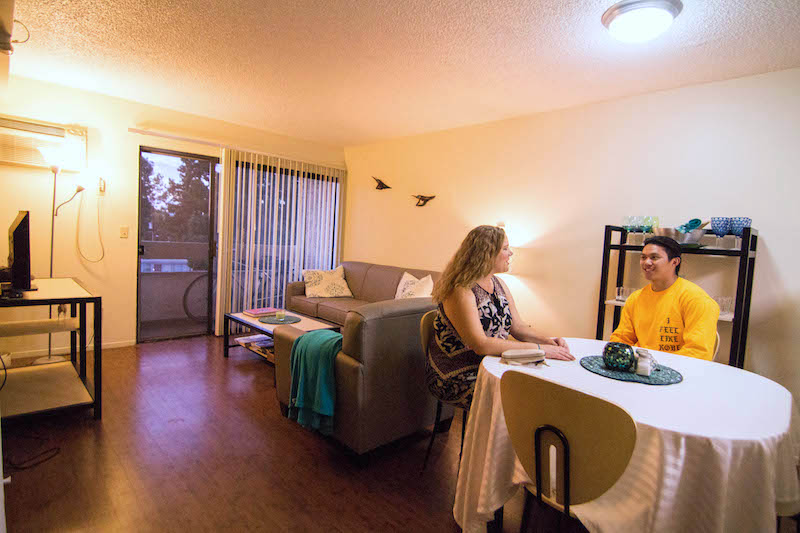


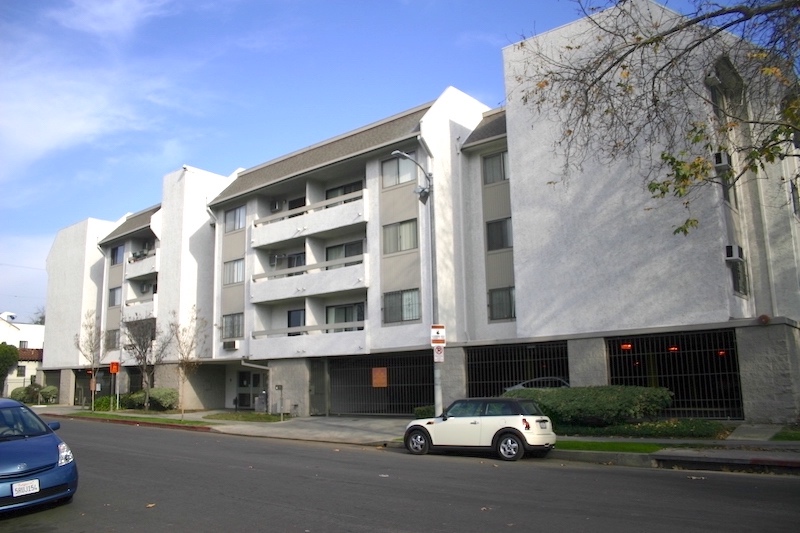
Cons
- Wear and Tear
The OT house is not a new building. If you’re looking for a super sleek and modern apartment, this is not it — it’s got some character though (in fact, some of our professors lived in the OT house when they were in the Master’s program . . . looking at you, Dr. Rafeedie!). To be clear, the OT House is not gross or falling apart, it’s just not a new building! If maintenance problems do come up, like a fire alarm battery that needs replacing or a toilet that needs unclogging, maintenance acts quickly and thoroughly. One of my friends living at the OT House even called maintenance for help when she saw a spider in her room (maintenance was very nice about it, and she’s working on her fear of spiders. We’re supporting her through it 😊) - Hidden Fees
The OT House has secure parking beneath and behind it, but it’s not free. Students living at the OT House pay $75/month for parking. There are washer/dryer units on each floor of the building, but those aren’t free either: the washer is $1.50 per load and the dryer is $1 per load. - Printing and Package Pickup
There is not a communal printer in the OT House; the closest one is in Sierra, another apartment building, which is a 5 minute walk away. Students get 50 pages of printing free per year. Packages deliveries are also sent to Sierra, which is not open late at night. Timing package pick up around the class schedule has been a complaint from my friends who live at the OT House. - The Shuttle Route
When taking the inter-campus shuttle back home at the end of the day, the route changes a little bit. It does not drop students back off right in front of the OT House. The closest stop in the afternoon is a 15-minute walk away from the OT House. Sure, I could spin it and say it incorporates a little activity into your day and allows you to hang out with friends and debrief the school day, but let’s be real. Sometimes at the end of the day, you just want to plop onto the couch, watch some TV, and not talk to anyone, and this added time to the commute delays that.
I’ve made a lot of great memories in the OT House, so I’m definitely partial to it, but there’s a lot to consider when deciding where to live. You can find more information about the OT House on our website and on the USC housing website. Hopefully this helps those of you thinking about the transition to LA!
⋯

The Power of Play ⟩
February 2, 2018, by Ali
Hello! Since I am originally from Northern California, I am still learning about all that Southern California has to offer with beaches, food, entertainment, and so much more. This is my fifth year living in Los Angeles and each weekend I find something new and fun to do. My friends and I took the two hour drive to Joshua Tree National Park for the first time, and I fell more in love with what this part of the state has to offer. This park is full of the infamous Joshua Trees and huge boulder structures. The landscape was so different from the Redwoods and mountains I grew accustomed to in Northern California. We spent two whole days climbing over boulder structures, crawling into caves, and jumping over cacti. This semester I am signed up for OT 564: Sensory Integration and OT 565: Sensory Integration Intervention, which means that I have been given the opportunity to study play in action and the science of play.
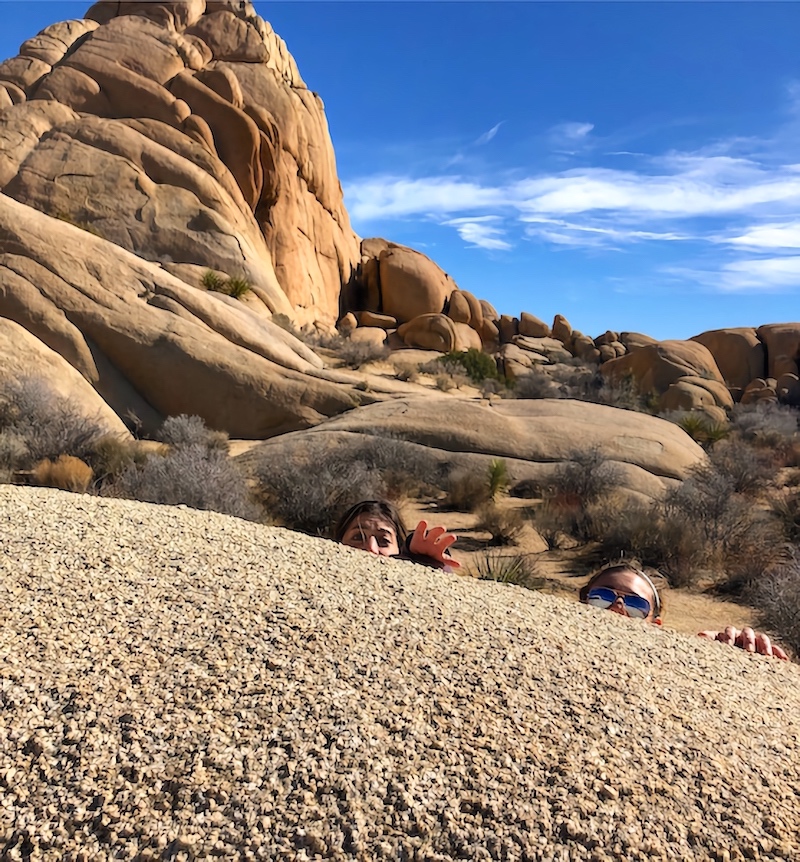
This past weekend was the first time I engaged in play in so long. Joshua Tree provided me an adult play structure to explore a new environment and engage in an occupation for the sake of joy, creativity, and fun! I explored a new environment with friend and was able to experience first-hand the power of play as an occupation even at the age of 23 years old. This weekend I was reminded once again how glad I am to be a student studying occupational therapy at USC. I was able to use my occupational lens to appreciate the meaning that the hiking and climbing brought to my life all in 80 degree weather in Southern California!

⋯

No, I Don’t Find People Jobs: My OT Elevator Speech ⟩
January 29, 2018, by Kaitlyn
If I had a dollar for every time someone asked me what occupational therapy is, I would have . . . well, a lot of dollars. If you’re pursuing OT or even an OT yourself, then you’ve probably come across the following misconceptions and/or questions about the profession, such as, “Occupational therapy is like physical therapy, right?,” or, “Do you help people find jobs?”
For some, it may be exhausting to describe what OT is over and over again. For me, I’ve learned to think of it as a great opportunity to advocate for the profession and tell people about the amazing value of OT! I’ve been in countless situations — other than my job — whether it’s at the dinner table, at social events/parties, or just out and about in the real world where I’ve busted out my OT “elevator speech.” Rome wasn’t built in a day, so we can’t expect everyone to know exactly what OT is overnight either. 😊
Here is the general breakdown and framework of my ever-evolving OT spiel that can hopefully help guide you in some way shape or form:
The “occupation” part of “occupational therapy,” is defined as any meaningful activity that comprises a person’s everyday life. For some people, their meaningful activity in life can mean their career, but for others, it can be socializing with their friends, brushing their teeth, brushing their hair, cooking, engaging in arts and crafts at school, and so on.
Here, I define ‘occupation’ first. I feel like once people understand our meaning of ‘occupation,’ it is a much easier concept to grasp.
Therefore, OT is a health profession that empowers and enables individuals of all ages to engage in these occupations to the best of their abilities despite any injury, disease, or disability.
Here, I define occupational therapy.
How we do this depends on where we work. For example, those working at a school may work with children on their fine motor skills (e.g., using scissors to cut) so that they can participate in arts in crafts in the classroom. Those working in a hospital may work with those who have suffered a stroke to work on activities of daily living (e.g., brushing teeth). *This list could go on and on . . .
At this point, I’ll list examples of different places OT can work and what they do in those settings. Part of the reason why OT is so hard to grasp is because we can be found anywhere and everywhere!
To try and solidify everything I’ve said, I’ll either talk about my personal experiences or somehow make the connection to something that will make sense to the person or people I am talking to. If I’m talking about a personal experience, I’ll tend to talk about OT’s role in animal-assisted therapy and my involvement with Assistance Dogs of Hawaii as a clinical rotation. Another connection I frequently make is related to the Marvel movie, “Doctor Strange,” which works well with the kids/male population/anyone who likes Marvel movies but knows nothing about health care. In summary, Dr. Strange, a neurosurgeon, gets into a car accident in which he injures both of his hands. In the movie, he sees a hand therapist (most likely an OT), who helps rehabilitate his hand so that he can get back to his meaningful occupation of performing surgery (and being a superhero later on, obviously).
Defining OT is all about practice, catering to your audience, and having a positive attitude about it! There is no right or wrong way to talk about a career you love.
⋯

Housing 101 ⟩
January 29, 2018, by Linah
Housing and Transportation Living in LA
Moving to a new city is daunting, let alone a new country (In my case). Before venturing to find housing, I think it is important to gauge your exact needs as a MA student before committing to anything. If you are planning to stay in student housing offered by USC, start as early as possible in order to find a space. However, if you plan to stay off campus, then take your time before signing any leases. You would find better options when looking in person than online, but do not scratch off the online hunt just yet because Facebook is full of USC student groups with ads by Trojans who are looking for roommates or to sublease their apartments.
A tip that most students do before settling on an apartment is to rent a place for short stay or stay with friends or family for the first couple of weeks and look for an apartment physically. During the first few weeks, you will know what your class schedule is, and get a sense of how much time you will need on campus, and even get a chance to prioritize the apartment features you will need as an MA student. For example, knowing what time you finish classes at the end of the day could help you determine whether or not you need a car. If you spend long hours on campus but finish early, perhaps using public transportation would be wiser to avoid traffic. If your classes are more spread out through the day and you finish at night, then getting a car would be the wiser choice since it would be safer.
Location, location, location!
A well located apartment is way better than an apartment with a lot of amenities. Both are important, but in the long run being closer to public transportation, school/work, grocery stores, pharmacies, etc, will prove to be more helpful than having an en suite washer/dryer or whatever. When visiting prospective apartments, use Google maps to check the duration of the commute to campus and vice versa. Almost all housing offered by the university is close to the main campus. As an MA student, most if not all classes will be on the Health Sciences Campus. So, choosing to live on the main campus will mean a daily 40 minute commute to Health Sciences Campus (or 20 minutes if you’re driving). This should be taken into account as well as how close are other services to the apartment, like grocery stores or pharmacies or quick bite restaurants. A good tip for this is to use Yelp or Foursquare to see what is near your prospective apartment. Nobody wants to end up stranded or commuting just for groceries at the end of a long day.
Spending extra on rent might mean saving money in the long run
A well located apartment that includes utilities will be expensive. However, a cheaper apartment that is far and does not offer any amenities will cost more on the long run because you will have to compensate for what the apartment lacks with your own money. For example, splurging a bit on rent and getting an apartment that is close to a metro station, includes utilities, and offers maintenance services, and parking for free will relieve you from needing a car for everything, or paying for parking, gas, electricity or even buying some household appliances. Of course, this all depends on your living needs in LA. So, doing the math beforehand is the only way to determine if this will help you cut costs or not. Also, how long you intend to stay in LA is a contributing factor as well when it comes to deciding how long is your “long run”.
Car or no car?
I think this decision depends on your budget, class schedule, and how close to public transportation you are. For budgeting, bear in mind that a car in LA is very useful but can be expensive. The cost does not only entail the actual cost of the car or its rent, but also parking fees, parking permits, gas money, insurance, and possible maintenance fees. All these costs will pile up at the end of every month, and it is important to make sure that your budget can handle it.
If you decide to opt out of getting a car, then USC has got you covered! The USC shuttle covers all USC campuses and is free of charge for all Trojans. The bus routes conveniently pass through Union Station which is one of the biggest train stations in LA that connects most metro lines. As a USC student you could also get a UPass, which is a metro card that is purchasable at a discounted flat rate at the beginning of every semester. I understand that LA has a reputation of being an “unwalkable” city, but since the Health Science Campus is located so close to downtown LA, public transportation suffices.
⋯

Winter Break Recap / Favorite Occupations ⟩
January 16, 2018, by Bryan
Going into my final semester of the Master’s program here at USC, I wanted to post a walk through of winter break through the lens of a few of my favorite occupations. Hope you enjoy!

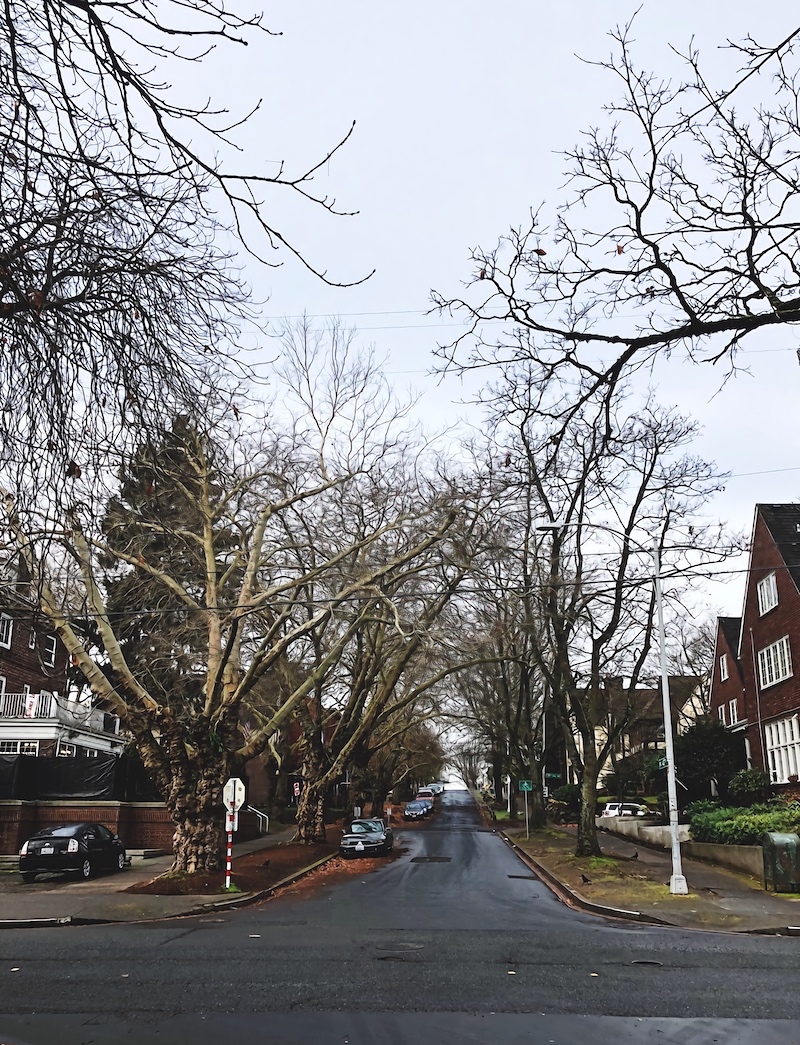



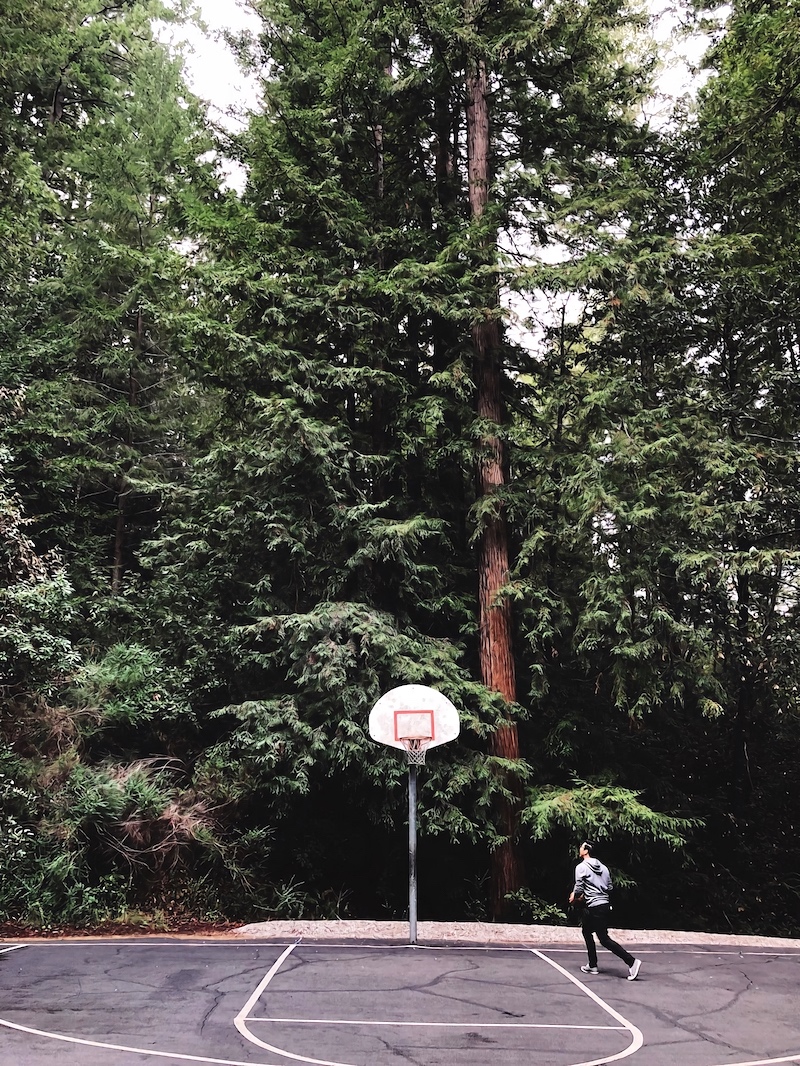


⋯





